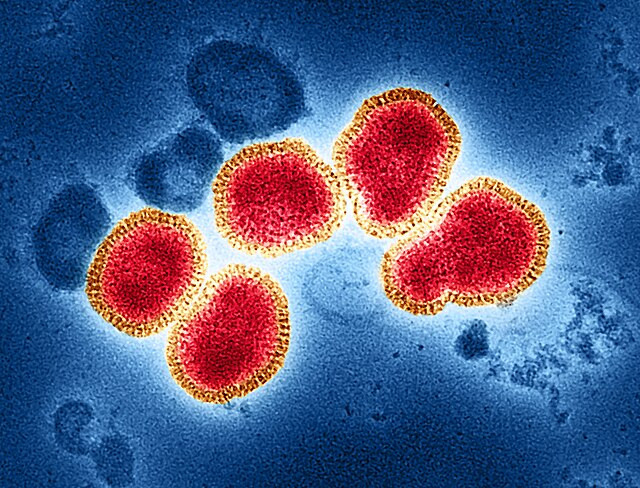A second case of bird flu in a human has been reported in the United States, this time involving a dairy farm worker in Michigan. This follows the first case, which was detected in Texas less than two months ago. Both individuals infected with the H5N1 virus have experienced only minor symptoms and have since recovered.
The U.S. Centers for Disease Control and Prevention (CDC) has maintained that the risk to the general public remains low. However, the CDC anticipates more cases due to the high levels of the virus found in raw milk from infected cows and the widespread presence of the virus in dairy cattle.
The latest case involved a Michigan dairy farm worker who developed conjunctivitis, commonly known as pinkeye. The CDC reported that a specimen collected from the worker's eye tested positive for H5N1, while a nasal sample returned negative. This scenario is similar to the first case in Texas, where the affected individual also presented with eye symptoms and recovered fully.
Despite the second human infection, the CDC stressed that sporadic human cases without ongoing spread would not alter the risk assessment for the general public. Dr. Natasha Bagdasarian, Michigan's chief medical executive, reassured the public, stating, "The current health risk to the general public remains low. We have not seen signs of sustained human-to-human transmission at this point."
The Michigan Department of Health and Human Services confirmed that the infected worker had been monitored for symptoms following exposure to infected livestock. Dr. Nirav Shah, the CDC's principal deputy director, emphasized that the negative nasal sample reduces the likelihood of a respiratory route of transmission, though it does not eliminate it entirely.
The outbreak has impacted dairy farms across the United States, with the USDA identifying 52 infected herds in nine states. The virus has been found to spread between cows within the same herd and between dairies due to cattle movements. Despite these findings, the USDA has noted that sick cows can recover with little to no associated mortality.
The USDA has provided financial aid to affected farms, including protective equipment for employees. The CDC advises individuals with close or prolonged exposure to infected birds or other animals to take precautions, as they are at greater risk of infection.
In an effort to address potential future risks, Dawn O'Connell, the assistant secretary for preparedness and response at the Department of Health and Human Services, announced that the government had initiated the "fill and finish" process for about 4.8 million doses of a vaccine matched to the bird flu. This step is intended to ensure readiness should the virus become more widespread.
Dr. Michael Osterholm, director of the Center for Infectious Disease Research and Policy at the University of Minnesota, noted that more human cases could emerge. "I wouldn't be surprised if we saw five, six, 10 cases in the next few weeks," he said.
Since the H5N1 strain was first identified in 1997, over 900 human cases have been documented worldwide, with more than half of those patients succumbing to the virus. However, the true fatality rate may be lower, as milder cases could go undetected.
The CDC continues to monitor the situation closely, urging state and local health authorities to maintain enhanced surveillance for flu throughout the summer, despite the typical flu season being over. Shah highlighted that no increases in influenza-like illnesses have been detected in the region surrounding the Michigan worker's farm.
As of now, there is no evidence of human-to-human transmission of H5N1. The CDC has reiterated that the risk to the general public remains low, but it acknowledges that farmworkers are at an elevated risk. The agency recommends protective measures for anyone in contact with dairy cattle, including the use of safety glasses, waterproof aprons, and sanitizable boots.
The bird flu outbreak among dairy cows is an unusual development, as these animals were not previously considered susceptible to this type of influenza. The virus has also affected other livestock, including goats, adding to the complexity of managing the outbreak. Health officials continue to emphasize the safety of milk sold in U.S. stores, noting that pasteurization effectively kills the virus.






